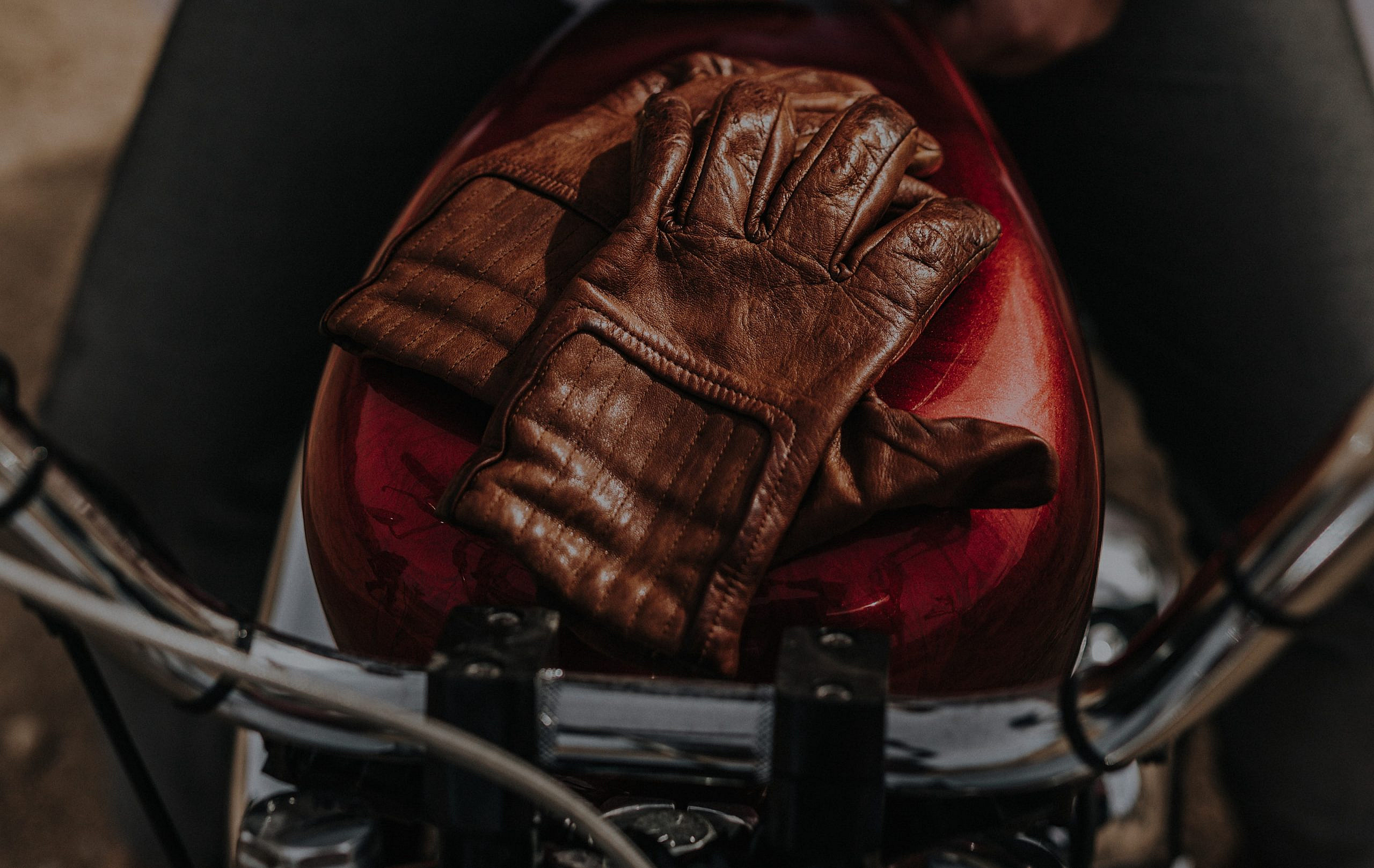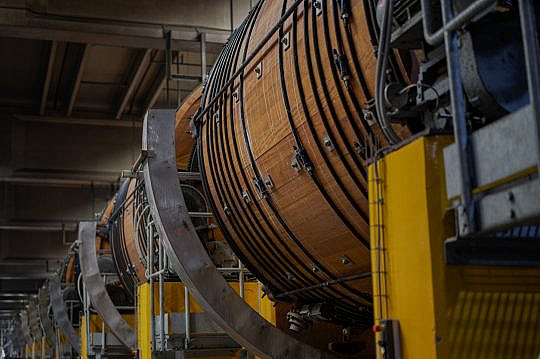In the thousands of years leather has been in use, there has never been a serious contender to rival it for durability. Have any of the new materials offered as alternatives come close?
The FILK Freiberg Institute is an independent body that works in development, use and testing of various materials ranging from synthetic to natural.
Last year they compared the durability of leather with various other materials that are marketed for use as alternatives.
They divided the alternatives into three broad categories. Firstly, those made from mainly natural materials, with a small proportion of non-natural materials, such as MusKine, Kombucha and SnapPap. Secondly, those which are predominantly plastic but with some natural materials, such as apple leather, Desserto, Pinatex, Vegea and Teak-Leaf. And thirdly, those made totally from synthetics, including ‘artificial leather’.
After conducting a variety of tests that covered stretching, heat resistance and ability to withstand abrasion and wear, the research found that none of the materials achieved parity with the properties of leather.
In conclusion, the test report explained that leather is a “multiscale material that is designed by nature to fulfil load transferring and metabolic functions”.
It went on to say: “It shows a gradient in the tightness of the structure composed of differently fine hydrophilic protein fibres. Each part of the structure takes over a specific function. For example, the reticular layer, which consists of coarse fibre bundles, is responsible for the high mechanical resistance (tensile and tear strength).”
In short: natural is better.
Read the study more here.








